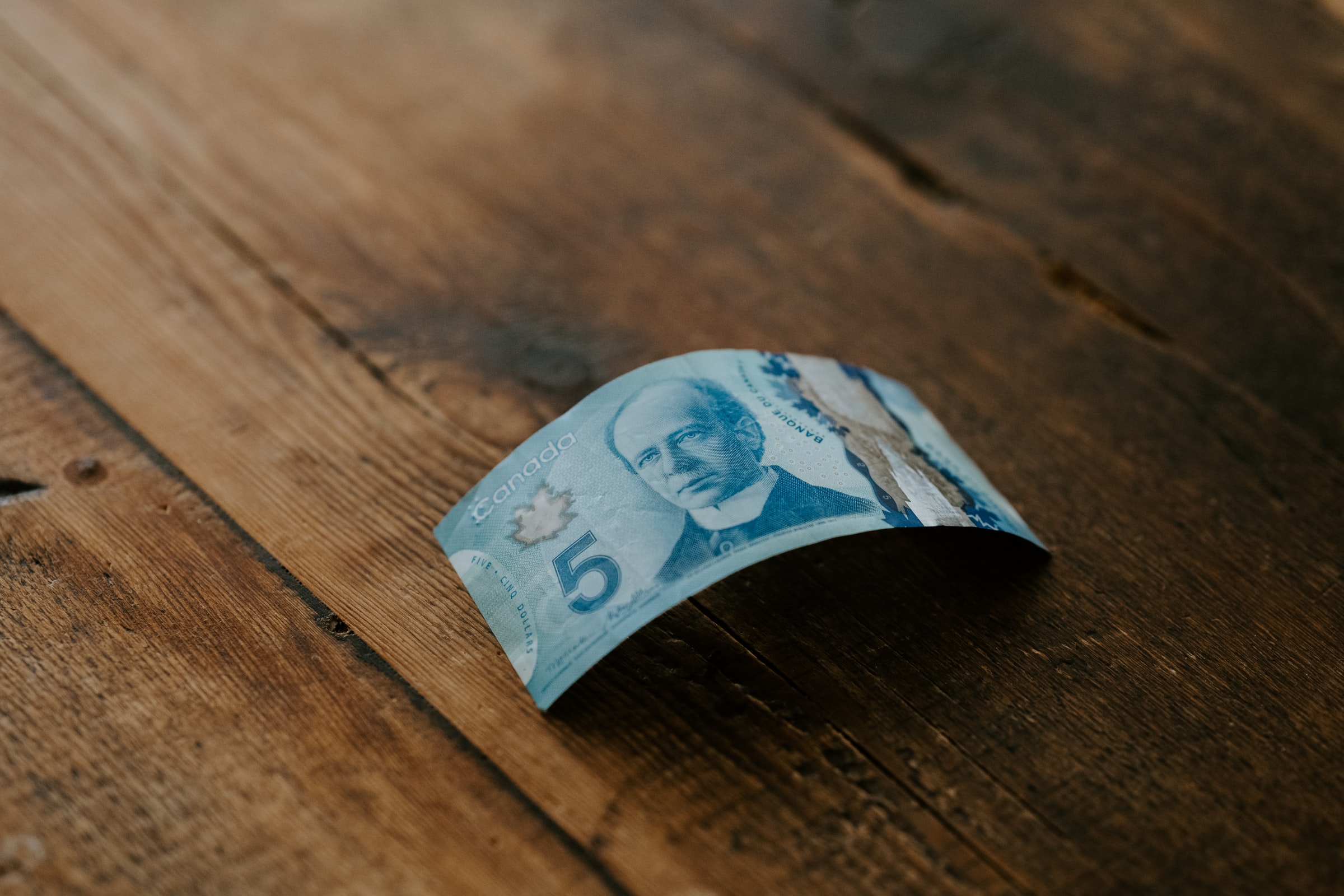You probably brought some savings with you to Canada to support you during your first months while you settle and look for employment. However, there can be a lot of initial expenses as you find accommodation and purchase household items. So being careful with your money is important, and you will need to understand how finances work in Canada. Here is an overview of some money matters you will encounter after landing.
Currency
Canada’s official currency is the Canadian dollar ($). There are 100 cents (¢) in a dollar. Coins, which are minted by the Royal Canadian Mint, are different in size, shape and colour. This allows you to quickly tell them apart. Coins all feature an effigy of Her Majesty Queen Elizabeth II, Queen of Canada. Coins also have nicknames which are used by Canadians in everyday life. These include:
- 1¢ – penny, with an image of maple leaves on the back (the penny was removed from circulation in 2012);
- 5¢ – nickel, with the image of a beaver on the back;
- 10¢ – dime, with the image of the famous sailing schooner Bluenose on the back;
- 25¢ – quarter, with the image of a caribou or elk on the back;
- $1 – dollar or “loonie,” with the image of a common loon on the back;
- $2 – two dollars or “toonie,” with the image of a polar bear on the back.
All paper money is printed by the Bank of Canada in the same size, but each bill is a different colour. The most common paper bills are:
- $5 – blue, with a portrait of Sir Wilfrid Laurier, prime minister 1896–1911;
- $10 – purple, with a portrait of Sir John A. Macdonald, prime minister 1867–74 and 1878–91;
- $20 – green, with a portrait of Her Majesty Queen Elizabeth II, Queen of Canada;
- $50 – red, with a portrait of W. L. Mackenzie King, prime minister from 1921–30 and 1935–48;
- $100 – brown, with a portrait of Sir Robert L. Borden, prime minister 1911–20.
Exchanging foreign money into Canadian money
Before coming to Canada, it is a good idea to change some money from your country of origin into Canadian dollars. This way, you will be able to pay for things you will need right away, including transportation and food. You can also exchange money after you arrive. Most airports have foreign exchange offices. You can also get cash from automated banking machines (ABMs) using a foreign debit or credit card.
Sending money
If you send money through the mail, do not send cash. Use a cheque or money order. You can also directly transfer money to another account. Ask your bank about these options.
You can also buy a money order at the post office or wire money through private money order or transfer services (consult the Yellow Pages for listings or ask at an immigrant-serving organization). Remember that some costs are attached to these transactions, so make sure that you understand them before you transfer money.
Cost of living
The cost of living varies greatly in Canada, depending on the province or territory where you settle. Cost also varies between big cities and rural areas. It is usually less expensive to live in a smaller city or town. For more information on the cost of living, consult the website of the province or territory, or the city of destination.
Tipping
Giving a “tip” for good service is often done in restaurants, bars, hotels and taxis, as well as in certain other situations. A tip is extra money you pay to reward the person serving you for their good work and courteous service. The standard amount for a tip is usually 10 percent to 15 percent of the bill.
Source: Welcome to Canada: What you should know
www.cic.gc.ca, Immigration, Refugees and Citizenship Canada. Reproduced with the permission of the Minister of Public Works and Government Services Canada, 2013.
